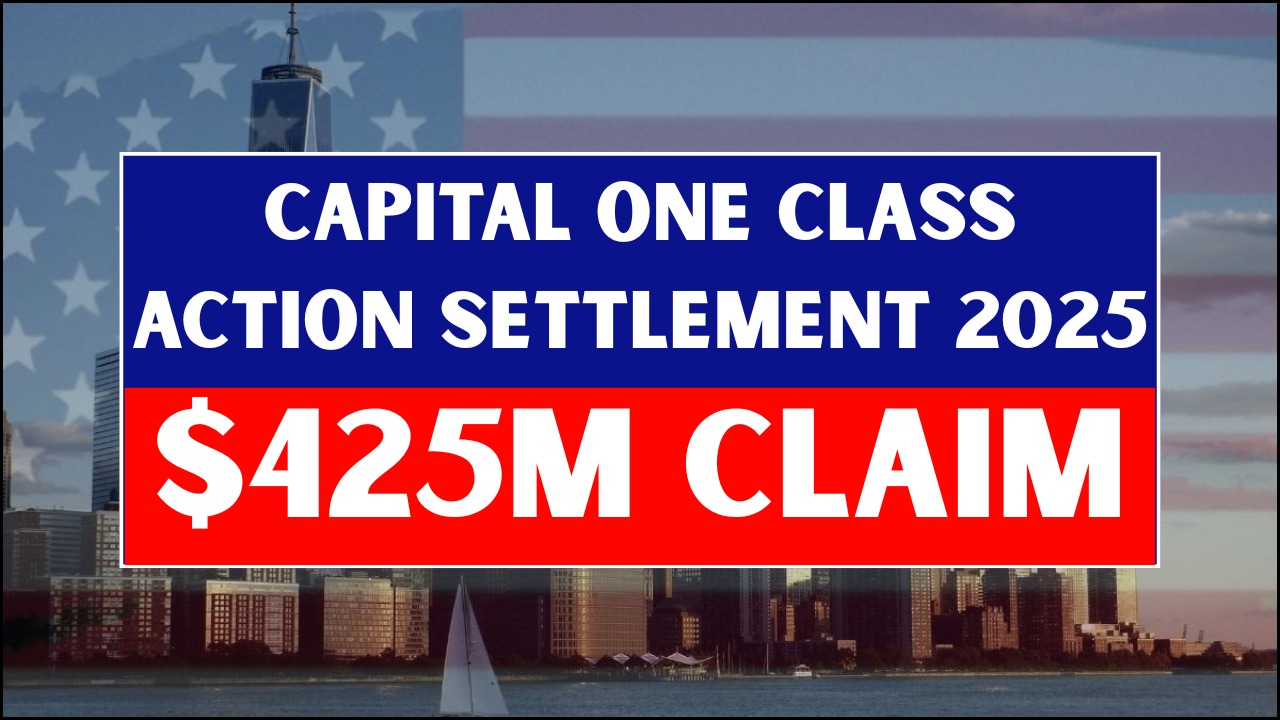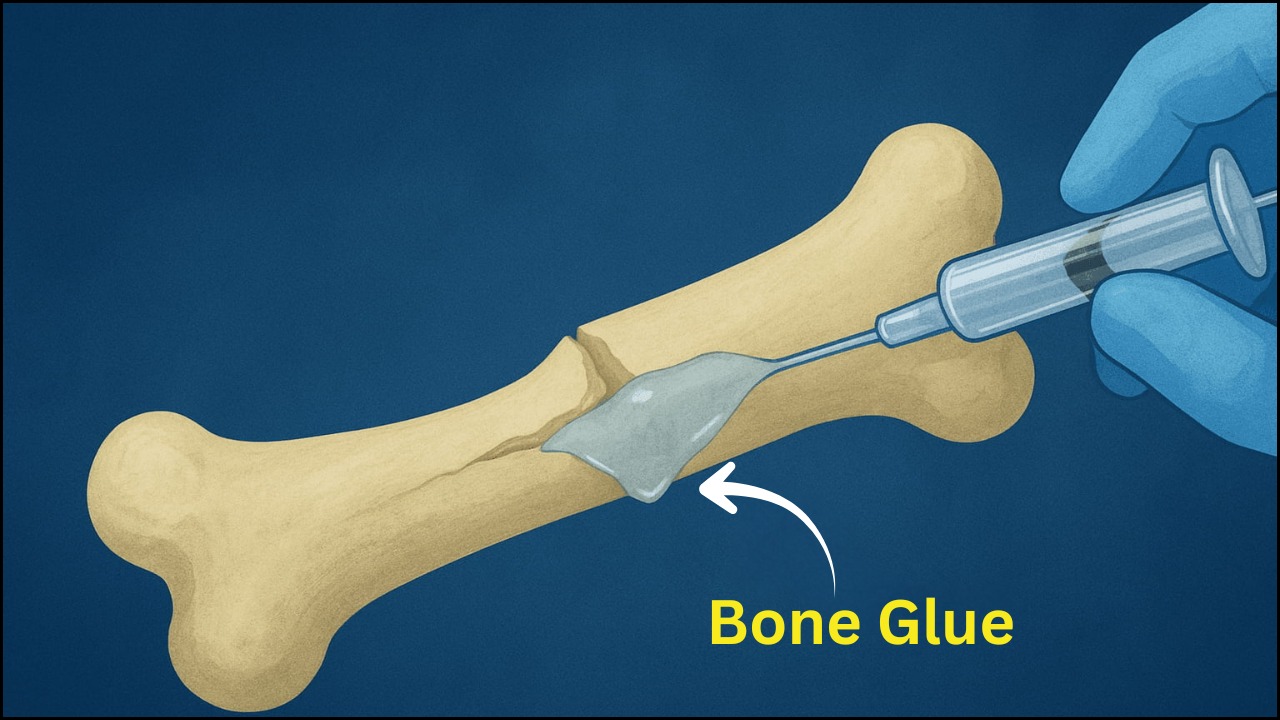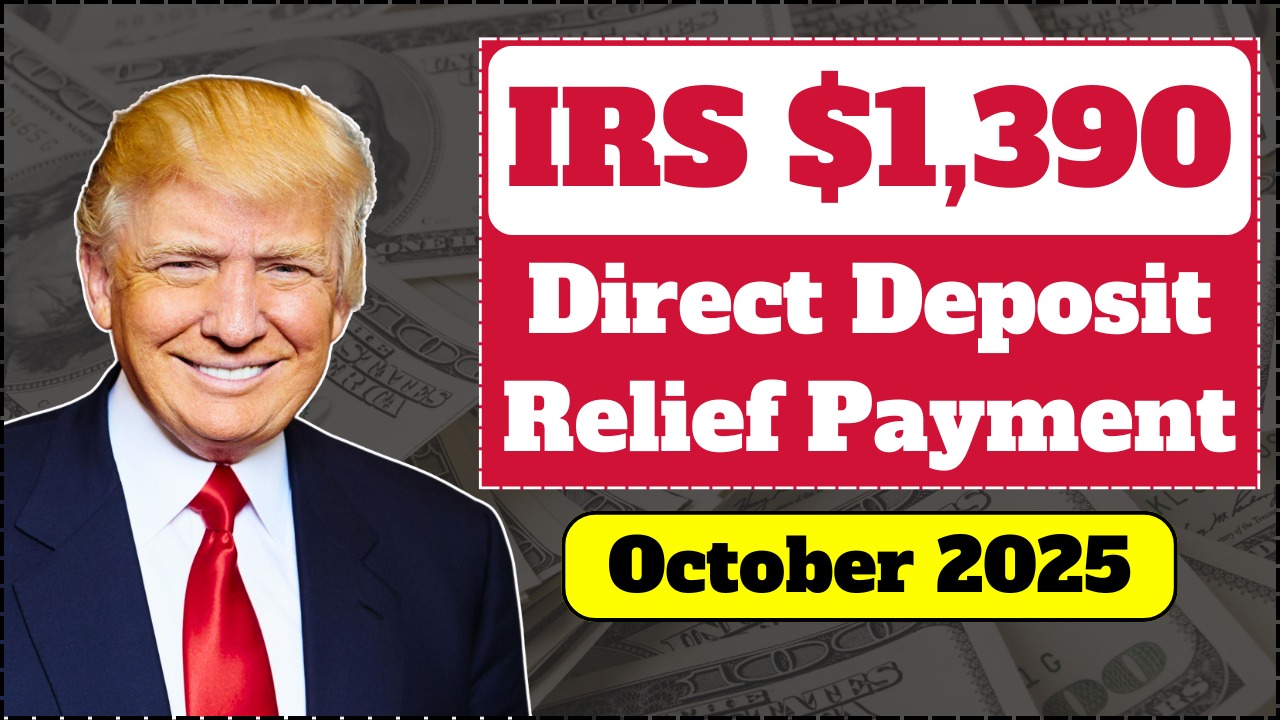Millions of Americans are once again watching for signs of a potential $2,000 fourth stimulus check. The proposed payment aims to support low and moderate-income citizens struggling with rising living costs and inflation. While the government has previously rolled out three rounds of stimulus checks, speculation about a fourth one continues to circulate — but what’s really happening, and who could benefit if it’s approved?
Table of Contents
What the $2,000 Fourth Stimulus Check
The $2,000 stimulus payment would act as a form of emergency relief to help citizens deal with financial challenges caused by inflation and high living costs. Designed as direct financial support, the money would go straight into recipients’ bank accounts through the Internal Revenue Service (IRS).
The payment primarily targets low-income individuals, senior citizens, and families who continue to face economic hardships despite earlier rounds of federal aid. Officials say that if approved, this benefit could provide much-needed relief for those unable to meet daily expenses like food, rent, or healthcare.
Overview
| Authority | Internal Revenue Service (IRS) |
|---|---|
| Program Name | $2,000 Fourth Stimulus Check |
| Country | United States |
| Payment Amount | $2,000 |
| Eligible Groups | Low to moderate-income citizens and seniors |
| Expected Payment Date | First of every month (if approved) |
| Category | Federal Relief Payment |
| Official Website | irs.gov |
Previous Stimulus Checks
During the COVID-19 pandemic, the U.S. government released three major rounds of stimulus checks to help Americans facing job losses and economic uncertainty.
- First Round (March–April 2020): $1,200 payments were issued under the CARES Act.
- Second Round (December 2020): $600 checks were distributed to qualifying citizens.
- Third Round (March 2021): Up to $1,400 was sent to individuals and families.
Together, these payments helped millions stay afloat during lockdowns. However, the IRS ended the program in December 2021, stating that the stimulus phase was complete as the COVID crisis eased.
Despite this, rising inflation and increasing prices have fueled renewed calls for additional financial assistance, leading to speculation about a possible fourth round of $2,000 checks.
Eligibility Criteria
If the program is approved, eligibility will be determined based on income level, filing status, and citizenship. The following groups are expected to qualify:
- U.S. citizens or permanent residents currently living in the country.
- Individuals aged 65 and above, including retirees and seniors on fixed incomes.
- Single tax filers earning less than $75,000 annually.
- Married couples filing jointly with a combined income under $150,000.
- Low-income individuals or families struggling with essential living costs.
- Applicants who have filed recent tax returns and paid annual taxes.
These requirements are in line with earlier stimulus rounds. Payments would be made automatically to eligible recipients — most likely through direct deposit — using IRS or Social Security records.
How the $2,000 Check Would Be Distributed
If reintroduced, the IRS would issue payments on a monthly or one-time basis, depending on the final policy decision. Eligible recipients could expect the money to be credited directly to their bank accounts or sent as paper checks.
The payment structure would likely resemble the earlier pandemic stimulus models, with priority given to those receiving Social Security, SSI, or veterans’ benefits, ensuring the most vulnerable groups get help first.
| Payment Type | Recipient Category | Expected Amount |
|---|---|---|
| Individual Payment | Low-Income Earners | Up to $2,000 |
| Married Couples (Joint Filers) | Income ≤ $150,000 | $4,000 (combined) |
| Senior Citizens | 65+ years, low income | $2,000 |
| Veterans & Disabled | VA or SSDI beneficiaries | $2,000 |
| Families with Dependents | Based on income | Variable |
The Truth About the Fourth Stimulus Check
Currently, no official confirmation exists from the IRS or Treasury Department about a fourth round of payments. While rumors about the $2,000 stimulus have gained attention on social media, the IRS has stated there are no new payments scheduled.
Officials advise citizens to beware of misinformation and scams. Fraudsters often spread false news about new government checks to collect personal data or banking details. It’s strongly recommended to verify all updates only through official government websites such as irs.gov.
Why Americans Still Need Relief
Even though the pandemic is behind us, millions of Americans continue to face economic challenges. Food, fuel, and housing costs remain high, and many families are still struggling to recover financially.
For retirees, disabled individuals, and single parents, a $2,000 stimulus payment could cover crucial monthly expenses like groceries, rent, healthcare, or utilities. The benefit is viewed not as luxury spending but as essential relief for survival.
What the Future Holds
While no fourth stimulus check has been officially confirmed, lawmakers and advocacy groups continue to push for targeted relief programs, especially for seniors and low-income households. The IRS has indicated that if Congress approves new funding, distribution could begin within weeks through existing payment systems.
Until an official announcement is made, citizens are urged to stay alert to false online claims and depend only on trusted sources for information.
FAQs
A = No, the IRS has not announced any official payment plan for a fourth stimulus check in 2025.
A = Low and moderate-income Americans, seniors, and citizens earning below $75,000 annually.
A = Visit the official IRS website for accurate and updated information.





